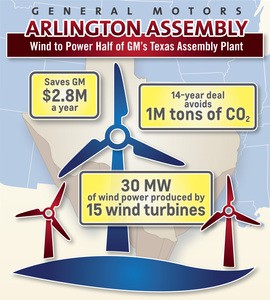A recent ZimmComm poll asked the question, Does your agribusiness/operation have a crisis communications plan?” and I was surprised and honestly a bit disturbed as a former public relations person, that so many respondents didn’t believe a crisis communications plan was necessary. And this in light of the rise in undercover videos, avian flu outbreaks, meatless Mondays, (cow farts causing) climate change, and more. To learn more about why ALL agribusinesses should have a crisis communications plan, I reached out to a highly respected and well known crisis firm, Wixted & Company, and spoke with Principal and Founder Eileen Wixted.
 “In today’s highly connected technological environment in which we operate, having a crisis communications plan is just really smart business risk mitigation,” said Wixted. “Your brand, your reputation, your relationship with your customers, your ability to continue to be successful, frequently hinges not only on your operational excellence, but also on how people feel and what they believe about your company. Having a crisis communications plan in place allows you to be able to execute and implement strategies when the unthinkable happens. It really should be viewed as a must have business plan.”
“In today’s highly connected technological environment in which we operate, having a crisis communications plan is just really smart business risk mitigation,” said Wixted. “Your brand, your reputation, your relationship with your customers, your ability to continue to be successful, frequently hinges not only on your operational excellence, but also on how people feel and what they believe about your company. Having a crisis communications plan in place allows you to be able to execute and implement strategies when the unthinkable happens. It really should be viewed as a must have business plan.”
Wixted noted that back in the 1980s, a crisis was defined very differently than a crisis is defined today. In the 1980s a crisis was anything that went boom in the night or involved an issue leading to a significant health complication. Today, she explained, a crisis can begin when you have interns or employees doing inappropriate things and then self-posting.
“All of a sudden the picture or Tweet goes viral and the world looks at your company and makes decisions about the culture of your company because of a social media post,” said Wixted. “People must begin looking at crisis differently. How you respond frequently defines your company culture and whether or not you are able to move forward unscathed.”
She notes that a crisis situation is what is called a high risk low frequency event. It’s high risk because your company must respond with operational excellence while communicating their action plan while the world may be watching. Most crises are low-frequency and most people don’t have experience in dealing with a crisis- this may be the first time in their long successful career when they are on the frontlines. Eileen uses the example of the avian flu outbreak and undercover videos on how to best manage a crisis.
![841C930F-322E-4160-AB27-7BF10B769B34[6]-1](http://agwired.com/wp-content/uploads/2015/12/841C930F-322E-4160-AB27-7BF10B769B346-1.png) Wixted stressed that what is really important is to do your crisis planning when you don’t have a crisis. “As people are getting ready to move into the new year, I think an important business resolution is to be prepared for the unthinkable,” Wixted said in terms of what are we going to say, whose going to say it and when are we going to say it during a crisis. “Because at the end of the day, a well thought out crisis plan provides guidance the confidence that you will be able to manage your organization through a high risk, low frequency event.”
Wixted stressed that what is really important is to do your crisis planning when you don’t have a crisis. “As people are getting ready to move into the new year, I think an important business resolution is to be prepared for the unthinkable,” Wixted said in terms of what are we going to say, whose going to say it and when are we going to say it during a crisis. “Because at the end of the day, a well thought out crisis plan provides guidance the confidence that you will be able to manage your organization through a high risk, low frequency event.”
Eileen along with the Wixted & Company team can be reached at 515-226-0818 or by visiting www.thinkwixted.com. Learn more about why your organization should have a crisis communications plan by listening to my interview with Eileen Wixted: Interview with Eileen Wixted, Wixted & Company
 It’s taken about a year and a half, but an Iowa plant that will make a key biodiesel production catalyst is about to open. This article from the Mason City Globe Gazette says the New Heaven Chemicals plant will start producing sodium methylate by Feb. 1, and be able to produce 24,000 metric tons of the liquid chemical per year.
It’s taken about a year and a half, but an Iowa plant that will make a key biodiesel production catalyst is about to open. This article from the Mason City Globe Gazette says the New Heaven Chemicals plant will start producing sodium methylate by Feb. 1, and be able to produce 24,000 metric tons of the liquid chemical per year.









